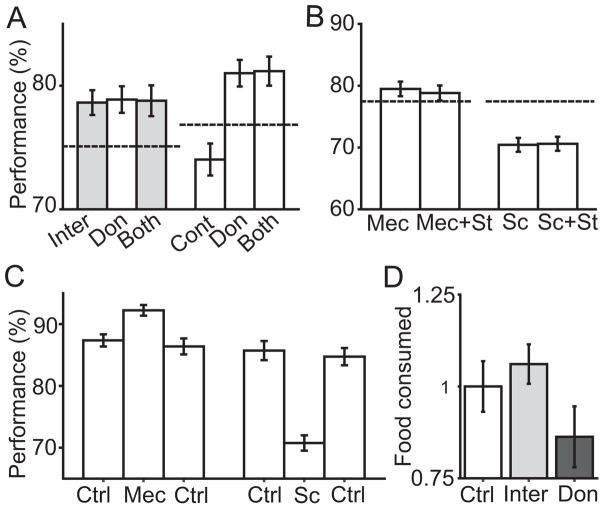Figure 3. Pharmacological interactions with stimulation and effects on the animals’ appetite.
A. On the left, the experimental conditions of intermittent stimulation (Inter) are compared to control (dashed line), donepezil (Don), and both stimulation and donepezil (Both). On the right, in a separate experiment, the same comparisons are applied with continuous stimulation (Cont). The gray bars indicated intermittent stimulation involved. Standard errors for control conditions (dashed lines) on the left and right are 1% and 1.1%, respectively. B. Effects of stimulation and acetylcholine receptor blockers. Mecamylamine (Mec) was given to animals prior to behavior, and working memory performance was assessed during intermittent stimulation, and without stimulation. Scopolamine (Sc) was similarly tested. Average of the two animals tested in each condition is displayed. Dashed line shows the baseline performance in control condition, and standard error is 1.6%. C. Effects of Mecamylamine and Scopolamine. Animals performed behavior in control condition (left Ctrl), then were given Mecamylamine (Mec), or Scopolamine (Sc). Then, animals performed washout behavior (right Ctrl, 72 h after drug application). D. Effects of stimulation and Donepezil on appetite. Food consumption under the experimental conditions of Control, Intermittent Stimulation, or Donepezil. Individual animal consumption under all conditions was normalized by mean Control consumption to allow pooling across animals for this plot. Food consumption data was collected from animal CH and DI.

